Estimated reading time 7 minutes, 42 seconds.
The U.S. Air Force (USAF) has finally settled on a comprehensive package of upgrades for its newest Lockheed Martin F-16s after years of deliberation. The Air Force Life Cycle Management Center’s Fighters and Advanced Aircraft Directorate has combined a series of separate upgrade packages into an effort known as the Post Block Integration Team, or PoBIT, to organize and install the modifications on the aircraft.
The program will include 608 Block 40/42 and 50/52 F-16s in a single upgrade program worth a massive $6.3 billion, the Air Force Life Cycle Management Center said on March 1, 2022. It follows years of stalled programs centered around a comprehensive avionics modernization requirement for the USAF’s “Vipers.”
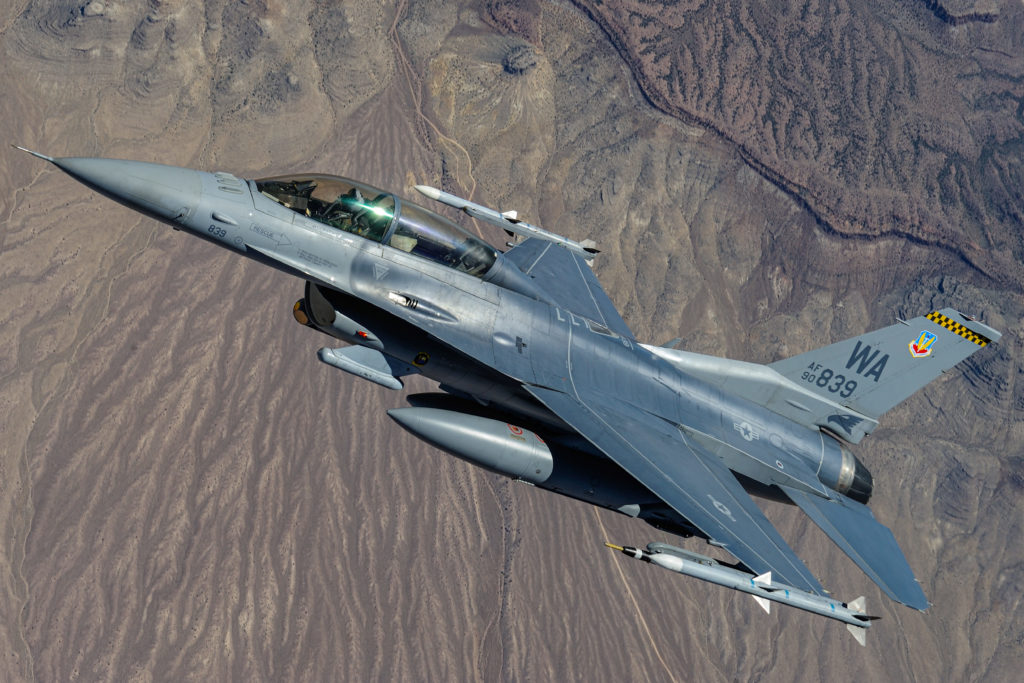
The oldest “Post Block” F-16s in the USAF service are the Block 40/42s that began rolling off the Fort Worth, Texas, production line in late 1988. The last F-16 delivered to the USAF was a Block 50, delivered in March 2005. The $1 billion Common Configuration Implementation Program (CCIP) was a huge mid-life upgrade effort that ran from 2000 until 2010 and essentially brought 651 Block 40/42/50/52 variants to a common standard with a host of improvements including new mission computers, updated cockpit displays, and data links.
Subsequent upgrade plans centered upon a much-needed active electronically scanned array (AESA) radar for these F-16s. The combat avionics programmed extension suite (CAPES) was to involve Lockheed Martin upgrading at least 300 F-16s with a new radar and cockpit displays, but this was cancelled in 2014. The USAF subsequently restarted a similar effort in 2015 under the Radar Modernization Program (RMP). Then followed a U.S. Northern Command Joint Emergent Operational Need (JEON) for a radar upgrade for Pre-Block (Block 30/32) Air National Guard F-16s for the Homeland Defense mission.
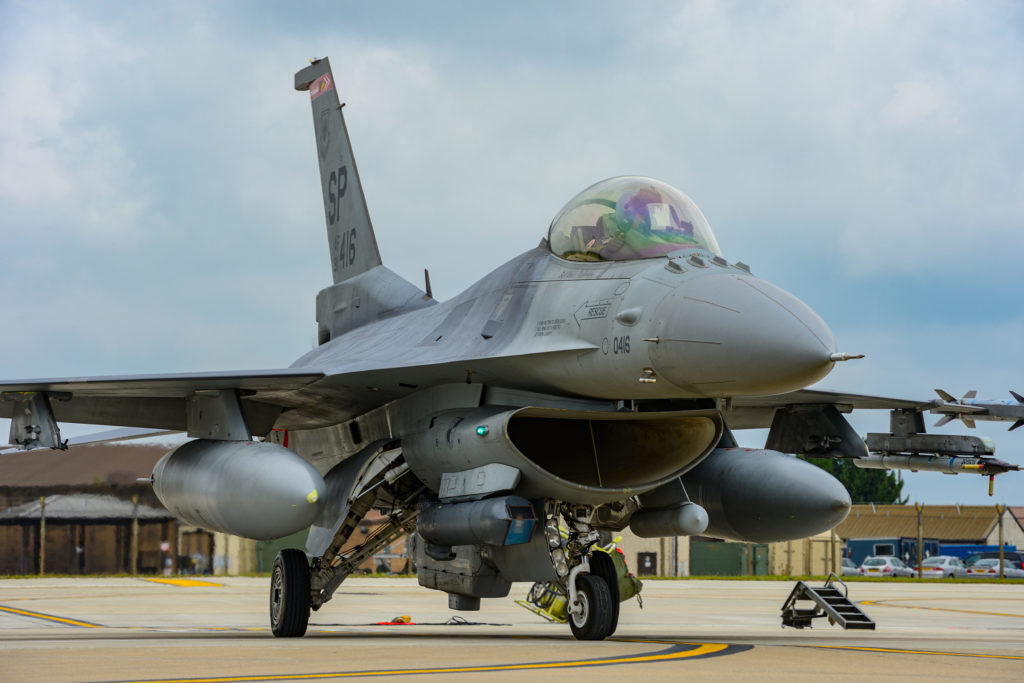
Following lengthy evaluations spread across CAPES and RMP, the USAF selected the Northrop Grumman AN/APG-83 Scalable Agile Beam Radar (SABR) over the competing AN/APG-84 Raytheon Advanced Combat Radar (RACR) on June 17, 2017, to upgrade 72 F-16s for the ANG. SABR is also found on new-production F-16V Block 70/72s. The first SABR installation for a front-line USAF unit was completed on a Block 30 F-16C in January 2020 for the 113th Wing, District of Columbia ANG at Joint Base Andrews, Maryland.
The new PoBIT effort will include 608 Block 40/42/50/52 F-16C/Ds that will undergo “up to 22 modifications designed to improve lethality and ensure the fourth-generation fighter remains effective in meeting current and future threats,” according to AFLCMC.
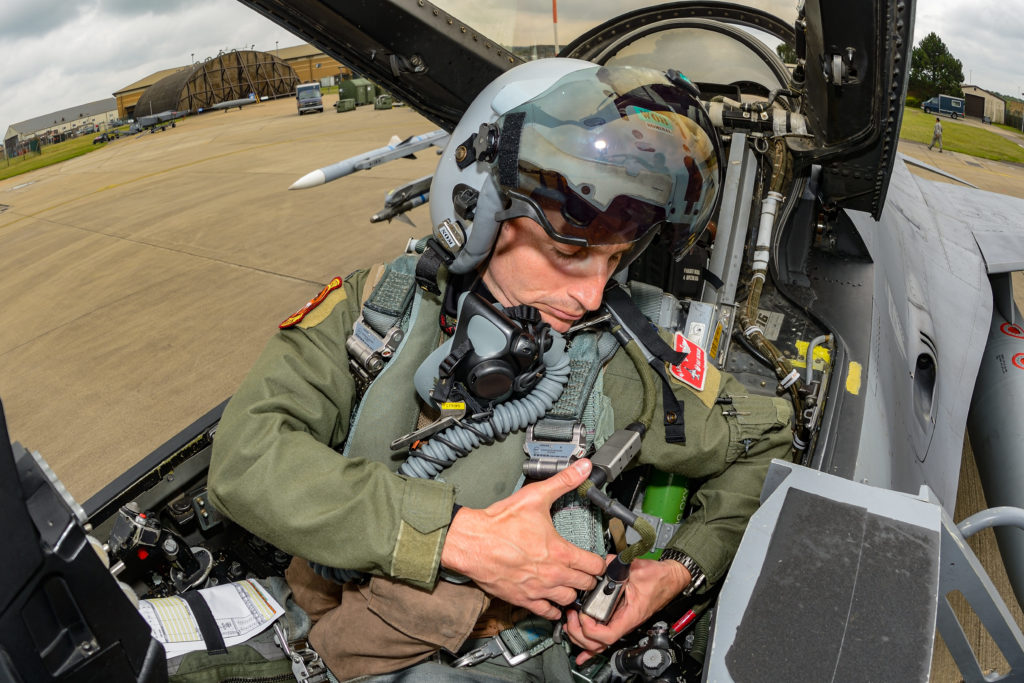
“This is a pretty massive effort, a collision of mods as we call it,” said Oryan “OJ” Joseph, program manager with the directorate’s F-16 Program Office. “We had to quickly look at all of the mods that are going on the aircraft and not only understand the timing of when the mods are going to deliver, but also when the aircraft will be available from the units. There are a lot of variables, a give and take tug of war that we deal with every day on bringing down aircraft [for modifications] at the right time.”
The work centers on installation of the SABR radar as well as an upgraded Link 16 data link converting the fleet to a high-speed data network, plus modernizing the cockpit and the main mission computer. In addition, the fighters will receive a “next-generation electronic warfare capability,” as well as a “communication suite upgrade (CSU), a large center display unit, a programmable data generator, and several other key hardware components to modernize the aircraft,” a media release said.
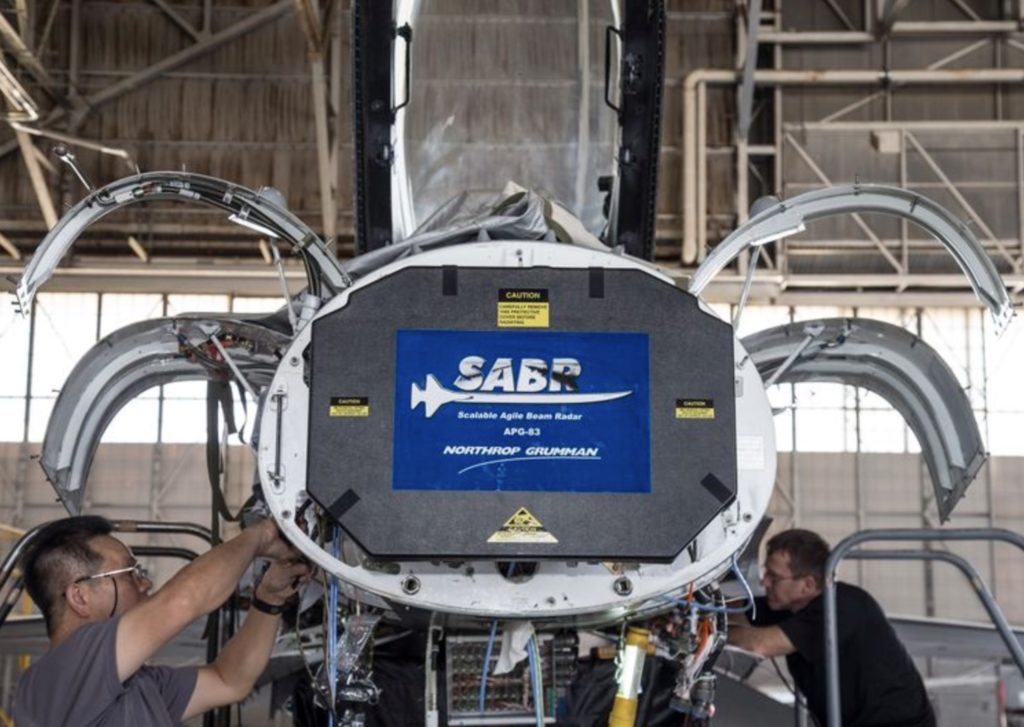
The USAF has already started SABR retrofits on some F-16s, but this will now dramatically expand and continue over several years to involve six major commands, more than 18 air bases, multiple companies, and contracts totaling approximately $6.3 billion. “In order for us to keep the F-16 in the fight performing all its different roles for our Combatant Commanders, we must significantly modernize the fleet,” Joseph commented.
New USAF planning sees the Post Block F-16s remaining in service for many years to come as a core element of its tactical aircraft fleet. The USAF also retains approximately 230 Block 25 and Block 30 F-16C/Ds that are ultimately earmarked for replacement.

“It requires effort and daily coordination to ensure there is progress and communication with all programs related to this effort across all the bases involved,” said 1st Lt Andrew Elledge, program manager, F-16 Program Office. “While this effort is a challenge, being able to keep the F-16 in the fight with the latest and greatest technology is the driving factor. I am thankful to have such experienced teammates to help tackle these complex daily tasks. It really takes all of us to keep this moving in the right direction!”






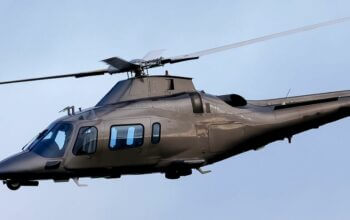


Looks like the F35 isn’t performing as expected.
Looks like someone has no idea what they are talking about.